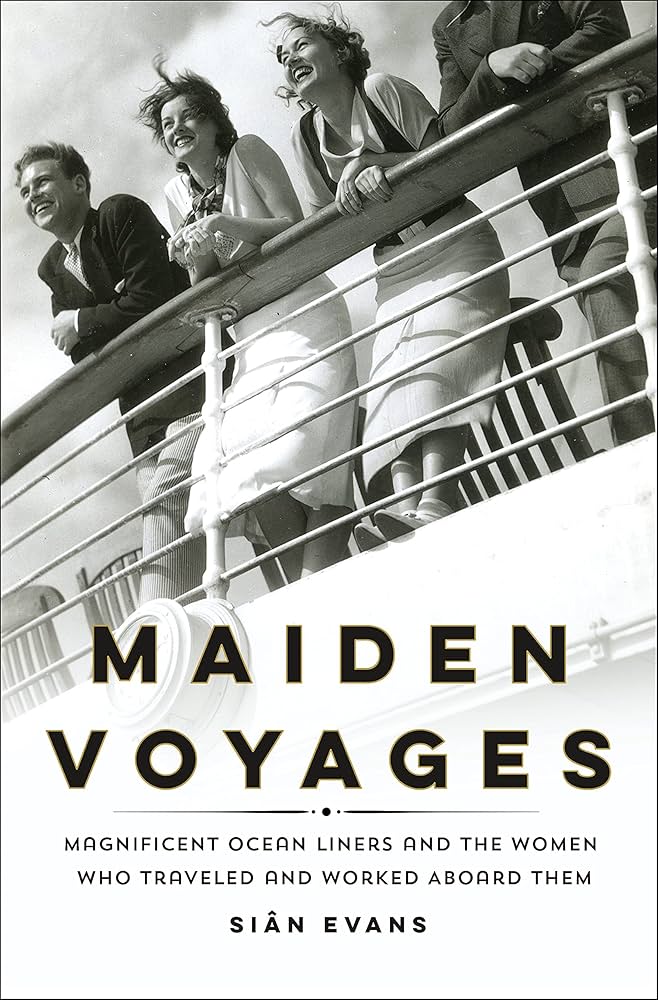Women’s lives were tied to the shipping trade long before they started to travel and work on the ships. For shipowning families, their livelihood might be invested in a single ship, captained by a family member and manned by local seamen, or they might own a number of vessels and employ crew for specific commissions, carrying cargo and passengers around the world. In smaller, family-run firms, the women often played an active part in the business; acting as clerks, they attended to business matters while the men were away. Ports such as Portsmouth or Plymouth had ample opportunities for women to make a living, from running inns catering for travelers, or lodging houses for the crew on shore, to owning chandlers’ stores and selling provisions to shipowners. They might work as seamstresses, sailmakers, laundresses or cooks, or own a small shop. Those were the more respectable port professions, but there was also the flourishing business of prostitution, as there was always a ready market for transactional sex in any port. In addition, there were the pubs and the gambling dens, where a recently returned sailor could soon be relieved of a large amount of his pay, and rich pickings existed for pickpockets of both genders.
By the 1880s, as emigration to the New World grew, passenger ships increasingly carried women and children as well as men, and in response the shipping companies took on female crew to attend to their specific needs. In addition, ships were designed and marketed to appeal to potential female passengers. By the last decades of the 19th century, forward-looking companies such as Cunard stressed their vessels’ comfortable facilities and underlined the emphasis on safety, important considerations when a passage to America from Europe could take weeks and was often memorable for unprecedented levels of physical misery.
The vast majority of Europeans traveling west across the Atlantic in the latter half of the 19th century were relocating permanently to North America. Between 1860 and 1900, 14 million people emigrated from Europe to the United States, of whom 4.5 million traveled from Liverpool, half of them on Cunard ships. The founder of the line was Samuel Cunard, a Canadian businessman who had won the first British contract to deliver mail by ship across the Atlantic. His new vessel, a no-frills paddle-steamer, RMS Britannia, was primarily intended to transport mail and cargo, but it also had accommodation for 115 passengers. On its inaugural voyage on July 4, 1840, Samuel Cunard was accompanied by his daughter, so confident was he that the ship was safe.
